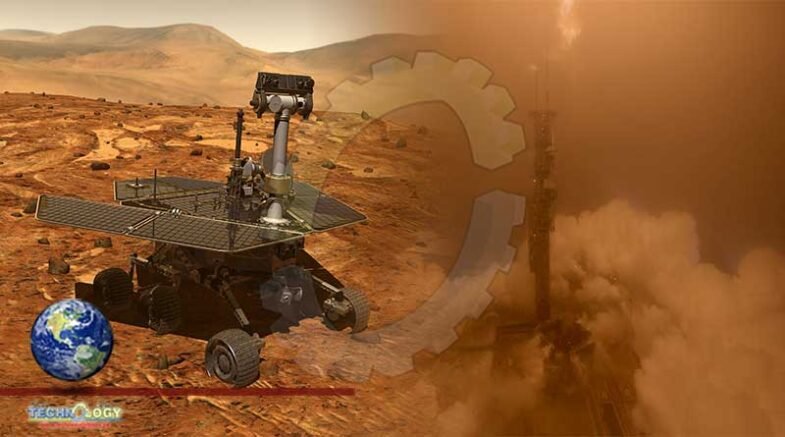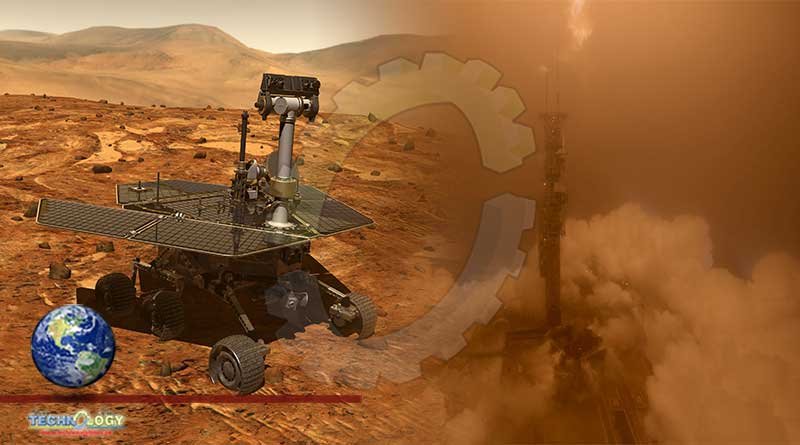InSight rover will save energy for the near future. The explanation is Mars’ winter season and the sufficient amount of dust it has kicked up.

NASA has confirmed that its InSight rover will save energy for the near future. The explanation is Mars’ winter season and the sufficient amount of dust it has kicked up. InSight utilizes solar panels to collect electricity from the Sun, as with other rovers on the Red Planet. These same solar panels are presently coated in dust, significantly limiting the amount of energy they can reach.
For another two years, NASA’s InSight rover has been granted a task extension, ensuring it can continue to gather data during 2022 and explore Mars. However, Mars is presently in its winter months, implying it is similar to its furthest position from the Sun.
What is Winter Like on Mars?
You’ve definitely seen posts here on Earth during the past few winters complaining about how it is cooler in, say, Canada or Siberia on a specific day than it is on Mars. Generally, these stories relate to temperature details from the Curiosity rover, which hangs just south of the Mars equator, where temperatures are far higher. These posts most sometimes correspond with summer in the southern hemisphere, due to colder temperatures (such as -30 ° C, so “warmer” in this situation is quite relative) compared to Canadian winter.
However, a report from Medium claimed these frigid conditions on Mars will actually feel colder if you could live without a spacesuit on the planet due to the much thinner atmosphere.
It’s also why humidity is usually considered as meteorologists assess the temperature “feels like” for the public in weather forecasts. A hypothetical spacesuit-free walk on Mars would feel dramatically warmer than the same temperature on Earth between the incredibly low humidity and the 100x thinner atmosphere.
How Could Martian Winter Affect InSight’s Solar Panel?
When dust clouds the solar panels, the rover’s sunshine access has decreased, making it tougher for the rover to get energy from the limited atmospheric sunlight. NASA says at this point in time that InSight’s massive solar panels are only capable of generating about 27 percent of what they would do if there were no problem with dust.
Similarly, dust devils nearby have not managed to blast the dust off the panels, prompting the space agency to protect the rover’s battery capacity. To maintain its heaters running, the rover needs a certain amount of fuel, which produces the warmth required to work on the surface.
NASA project manager for JPL InSight, Chuck Scott, explained that the amount of power available would only be influenced by the next few months’ conditions.
“As part of our extended-mission planning, we developed an operations strategy to keep InSight safe through the winter so that we can resume science operations as solar intensity increases,” Scott added.
The amount of sunlight accessible to the rover will increase until Mars starts heading back towards the Sun, resulting in more fuel. NASA will be willing to switch more instruments back on in the coming months and finally restore regular activities.
About InSight Mission
Initially, the InSight mission was planned to stay until 2020, but it was recently extended to 2022. The team assumes that by turning off some of its instruments now and keeping only the critical heaters and radio communications going, they would be able to get more results from the mission in the long run.
Hence, InSight won’t gather weather data for a bit. Before the instruments can be taken back up, we’ll have to do without regular reports on the Mars weather. After July this year, as Mars starts coming near to the Sun, the engineers expect to get it back to full strength.
Originally published at The Science Times
